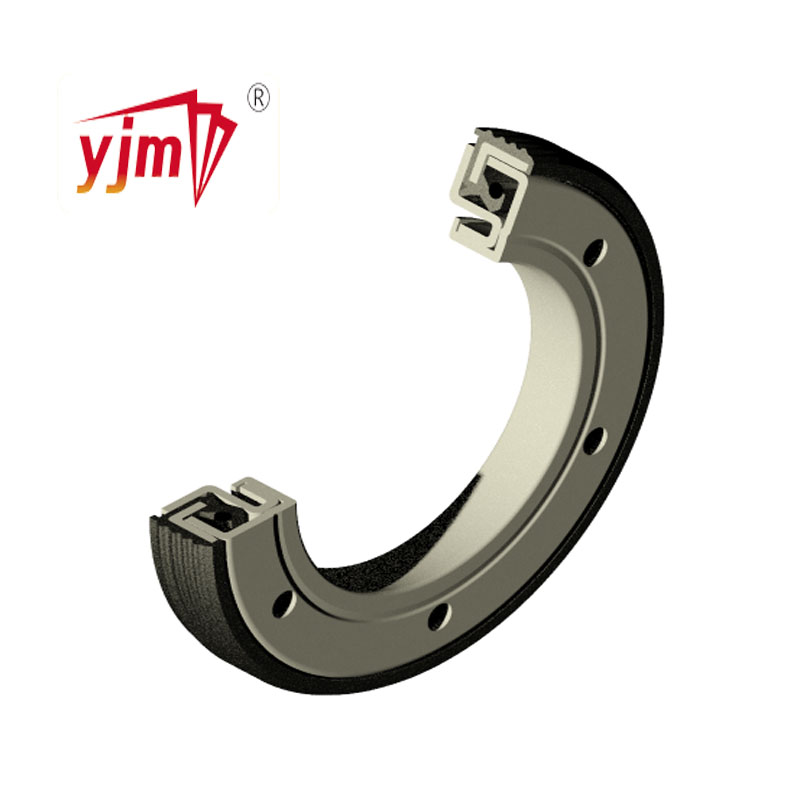Sump Plug Leakage Issues and Solutions for Efficient Maintenance
Understanding and Resolving Issues with a Leaking Sump Plug
In the world of automotive maintenance, attention to detail is crucial, especially when it comes to managing oil and fluid levels. One common issue that vehicle owners might face is a leaking sump plug. This component is essential in securing the oil within the oil pan, and when it malfunctions, it can lead to significant problems. Therefore, understanding the causes of a leaking sump plug, its implications, and how to address the issue is vital for any car owner.
What is a Sump Plug?
The sump plug, often referred to as the drain plug, is located at the lowest point of the engine's oil pan. Its primary purpose is to allow for the draining of oil during an oil change. Apart from its functional role, it plays a critical part in maintaining the integrity of the engine's lubrication system. A properly fitted sump plug ensures that the oil remains contained within the oil pan, allowing the engine to operate smoothly and efficiently.
Causes of a Leaking Sump Plug
Several factors can contribute to a leaking sump plug. One of the most common reasons is wear and tear. Over time, the washer that seals the sump plug can become compressed or damaged, leading to oil seeping through the threads of the plug. Additionally, improper installation can also result in leaks; if the plug is not tightened to the correct torque specifications, it may come loose, causing oil to escape.
Another factor to consider is the condition of the oil itself. Old, degraded oil can lead to the accumulation of sludge or debris around the sump plug, preventing a proper seal. Severe engine wear can also contribute to leaks, as a worn engine may produce excessive vibration, loosening components such as the sump plug.
Symptoms of a Leaking Sump Plug
leaking sump plug

Detecting a leaking sump plug can sometimes be straightforward. One of the most obvious signs is the presence of oil spots or puddles under the vehicle, especially after it has been parked for a while. Owners may also notice a drop in oil levels, requiring more frequent top-ups. Additionally, if someone notices a burning oil smell or sees smoke emanating from the engine, it is essential to investigate further, as these could be signs of serious engine issues.
How to Fix a Leaking Sump Plug
Addressing a leaking sump plug typically requires a few straightforward steps. First, turn off the engine and allow it to cool completely. Once the vehicle is safe to work on, place a drain pan under the oil pan to catch any oil that may spill during the repair process. Begin by carefully removing the sump plug using the appropriate tool.
Inspect the plug and the washer for any signs of damage. If the washer appears worn or flattened, it should be replaced with a new one. Additionally, ensure that the threads on the sump plug and in the oil pan are clean and free from debris. Reinstall the sump plug, taking care to tighten it to the manufacturer’s specified torque to avoid any future leaks.
If the leak persists despite replacing the washer and ensuring proper installation, it may be indicative of more significant issues, such as a damaged oil pan. In such cases, consulting with a professional mechanic may be necessary.
Conclusion
A leaking sump plug is undoubtedly a concern for vehicle owners, but it is a problem that can often be resolved with basic maintenance knowledge and practices. Regular inspections and timely oil changes not only help prevent leaks but also promote the overall health of your vehicle’s engine. By being proactive and addressing issues promptly, you can ensure that your vehicle continues to run efficiently and reliably for years to come.
-
Understanding Automotive Oil Seals: Essential Components for Engine and Shaft Protection
News Jul.30,2025
-
The Importance of Heavy Duty Seals in Industrial and Residential Applications
News Jul.30,2025
-
Exploring Industrial Oil Seals: From Felt Oil Seals to TTO and CFW Solutions
News Jul.30,2025
-
Essential Guide to Oil Seals: From Radial to Metal-Cased Seals for Industrial Reliability
News Jul.30,2025
-
Choosing the Right Oil Seals and Gaskets for Industrial and Automotive Applications
News Jul.30,2025
-
Cassette Seals: Durable Sealing Solutions for Harsh Environments
News Jul.30,2025
-
Understanding the Front Main Engine Seal: Purpose, Maintenance, and Installation
News Jul.29,2025
Products categories















